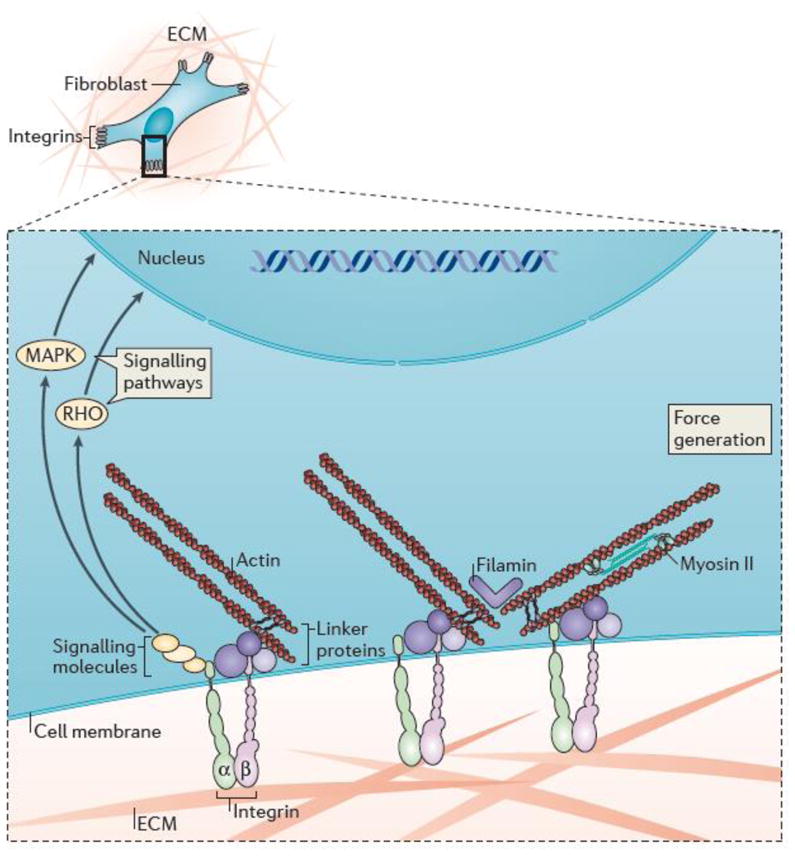Fig. 1. Key components in soft connective tissue mechanical homeostasis.

Schematic drawing depicting a fibroblast embedded in extracellular matrix (ECM) consisting primarily of collagen, fibronectin, and glycosaminoglycans, with an expanded view showing cell-matrix interactions and associated intracellular structures. In particular, cells interact mechanically with the ECM via heterodimeric transmembrane receptors called integrins, which in turn interact with intracellular signaling molecules (including focal adhesion kinase (FAK) and Src) and physically connect to cytoskeletal actin via a host of linker proteins (including talin, vinculin, filamin, the ILK-PINCH-parvin complex, and α-actinin). Key signaling pathways associated with integrin activation include the Rho-Rho kinase and mitogen-activated protein kinase (MAPK) pathways. The mechano-stimulation of cells is complemented in most situations by chemo-stimulation via soluble ligands.
